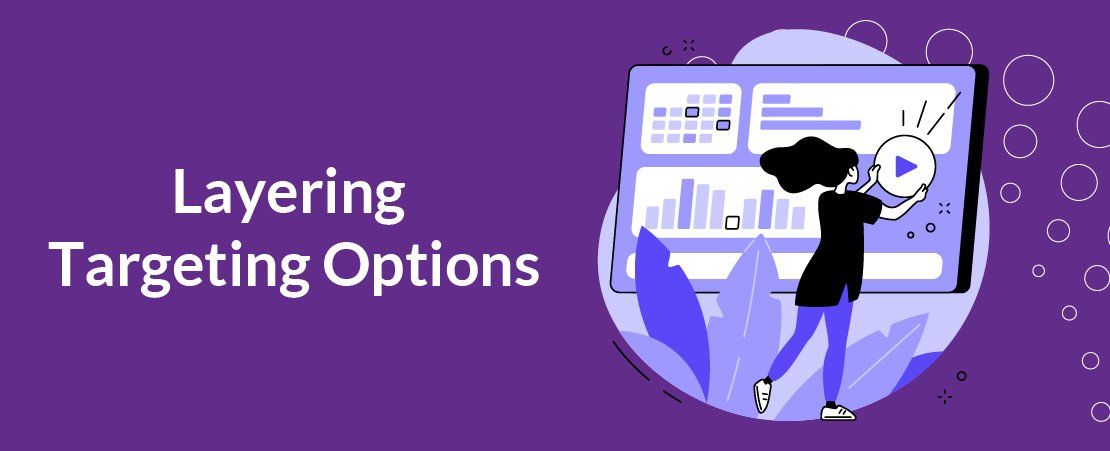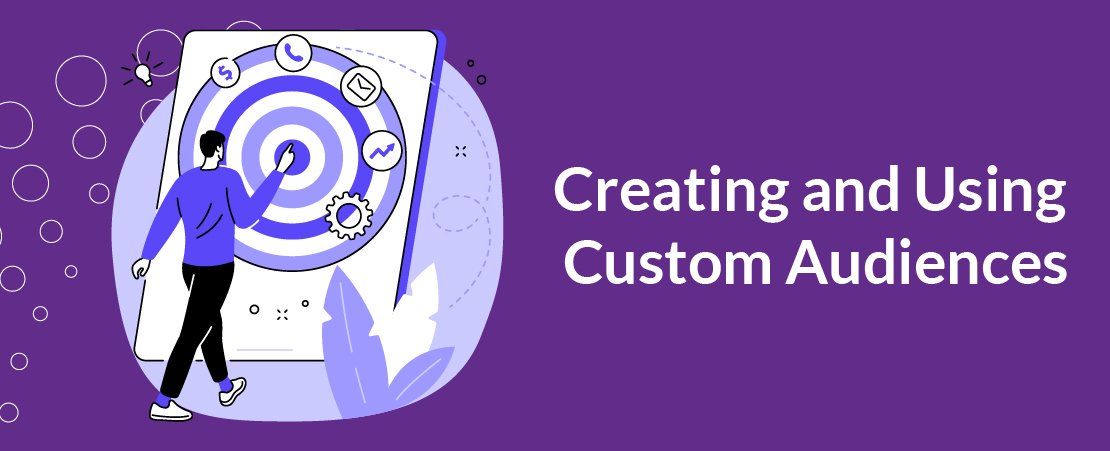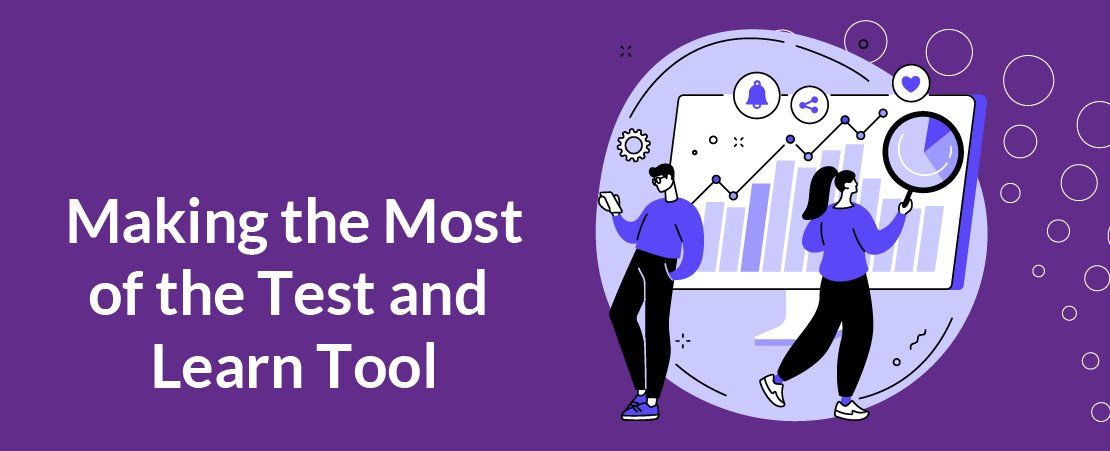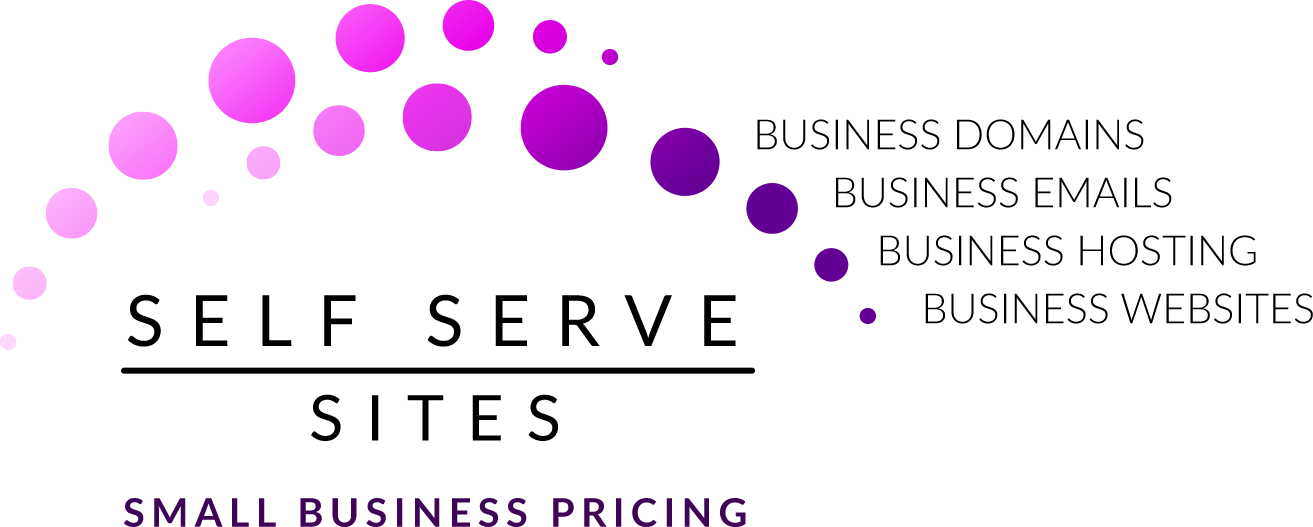Advanced Techniques To Elevate Your Facebook Advertising
If you're a Small Business Owner, you already know that resting on your laurels isn’t an option. Small Business success requires constant effort, you have to always be looking for ways you can grow and improve.
So if you’ve gotten started with the basics of Facebook that’s good, but it’s not where you should stop. Setting up a page, populating it, and running a few ads is a great start, but there’s some more advanced tricks you can use to maximise the effectiveness of the time and money you’re putting in.
Follow along and we’ll show you some things you can do to elevate your Facebook advertising game to the next level.

Layering Targeting Options
Targeting options are what you use to make sure your Facebook advertisements are reaching the people you want to be reaching.
There are dozens of categories containing hundreds of options, but here’s a few of the most common ones: age, gender, location, platforms and devices accessed from, household composition, interests, behaviours, net worth.
While using one of these will help you reach the right kind of people, if you truly want to make the most of this feature you should be applying as many of these targeting options as are relevant.
As a theoretical example, let’s say you’re running a burger shop wanting to attract hungry uni students from the nearby campus. Targeting the location of campus is a good start, but you can further hone in on your market by specifying a younger age range who are accessing from a mobile device.
That’s already more focused, and we’ve only layered three targeting options. The more layers you add the more extraneous viewers you omit, boosting the return rate on your investment significantly.
You can never appeal to everyone, so get specific and find your people.

Creating and Using Custom Audiences
Speaking of reaching the right people, let’s talk about Custom Audiences. These are tools that help you to more easily identify existing audiences, allowing you to target Customers and potential Customers that you might not have realised were there.
There are four kinds of Custom Audiences:
1. Website Custom Audience
This identifies Facebook users that have visited your website.
2. App Custom Audiences
This identifies users who’ve interacted with your app in specific ways. Obviously this only works if you have an app to interact with.
3. Customer List Custom Audience
This is a list you create yourself using a list of Customers that you have in your possession. You can submit the list as either a CSV or TXT file. This obviously contains names, but it also has identifiers, things like emails, phone numbers, and addresses.
It is important to note that while this identifying information is fantastic for finding and targeting your existing Customers, it also has to be handled carefully.
These identifiers are regarded as personal information, and as such are protected by law. You absolutely MUST be certain that you have the legal right to upload this information or you’ll end up in legal hot water.
4. Engagement Custom Audiences
This identifies users who have interacted with your Facebook content. If you’d like, it can be limited to specific content types, such as video, Facebook page, and Instagram business profile.
Each of these
audiences on their own are useful to have when creating campaigns, but there are also some more things you can do with them. You can use Custom Audiences to exclude people from targeting, if you wish. For example, if you wanted to run a campaign attracting people to your app, you should probably exclude those people who are already using it.
The other thing you can do is create a lookalike audience. This is where you ask Facebook to find people with similar demographics to your existing audiences, but who have never engaged with your business. This is a good way to search for potential new Customers.
While there is a limit to how many custom audiences you can create, that limit is 500, so you’re unlikely to ever have any issues with it.

Making the Most of the Test and Learn Tool
Now we come to the Test and Learn Tool. It’s well hidden, but well worth seeking out. Simply head to the Measure and Report column of the Facebook Ad Manager to find this tool and start the fun.
You’ll be asked to select two different campaigns to compare on a specific metric. These include lowest cost per conversion, effect on brand perception, effect of adjusting your campaign budget, and lowest cost per result.
The tool will then crunch the numbers and spit out a result you can use to plan your next campaign. More optimised ad campaigns are as easy as that.
For best results, keep the differences between your comparison campaigns small, preferably a single variable. This will make it much easier to determine what’s causing changes in results.
And that’s that, three powerful tools you can use to elevate your Facebook ad campaigns and enjoy better returns on your investments. Now get out there and start improving your campaigns!










